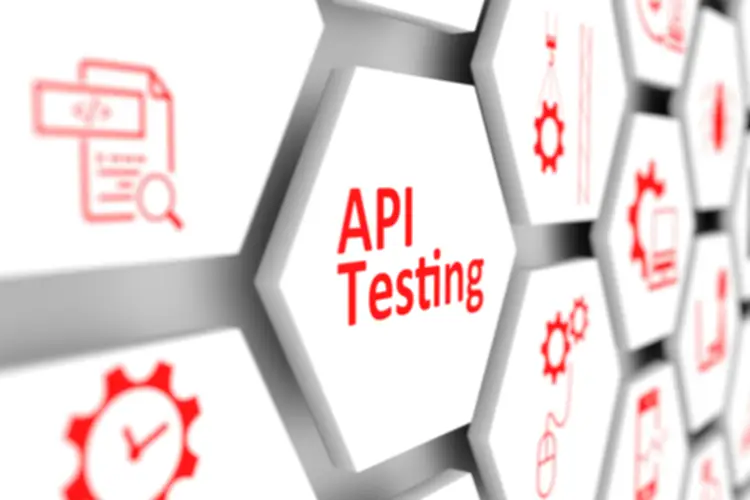REST API Testing: Best tips and strategies

REST API testing is a great way to find bugs within your web application.
However, to use it efficiently, you need to know about some strategies that are used by various testes. Read on to find out!

What is REST and REST API?
REST, or Representational State Transfer, is a software architecture standard for mobile apps that use various web services. Usually, these are browsers that connect a client and a server to let them transfer data via regular HTTP requests.
Although REST is not a protocol, it acts more like a set of guidelines that help to build a proper communication model between the user and the server. Web services that use this protocol follow a number of restrictions that make the information exchange far simpler.
Speaking of REST API, this is an application programming interface that is used as an intermediary when working with RESTful software. It applies all the constraints from the REST guidelines.

We are confident that we have what it takes to help you get your platform from the idea throughout design and development phases, all the way to successful deployment in a production environment!
Why should you test REST API?
Testing the application programming interface will help you localize errors and deal with them. The easiest way to find where the error takes place is by looking into the information system within the separation level of both sides. This way, it is likely that you will find the error quickly.
Some tools that may come in handy are:
- cURL
- Postman.
Working with the API, you will get a better insight into the way errors appear and how to deal with them. Imagine a situation where you open your product’s website and, suddenly, it shows that an error has occurred. You could try to track down the bug in the code, but that would take an eternity. On the API level, things would be much faster.
Moreover, REST API testing is very efficient when it comes to checking whether the integration of several different services and the general logic of the system is right.
How is REST API testing performed?
This type of testing is very simple and intuitive. Practice makes perfect.
The first step is selecting a proper REST request. We have mentioned two tools above. It is recommended that you use them.
You can see how the protocol testing works in the following steps:
- The request data is formed.
- The request method is selected, then a command for it is formed.
- The command is passed to one of the mentioned tools.
- The server sends a response in HTTP, JSON, HTML, XML, etc., and a file is written.
- Finally, the expected results are compared with what we have de facto.
Generally, API testing involves unit, functional, load testing, and runtime error detection. You can check out the other articles from the GlobalCloudTeam’s blog to learn more about it.
Tips and strategies
Always remember that REST API testing has different options and objectives.

Functional testing
We must make sure that all the functions work properly. The best-case scenario comes when the implementation is okay, it works as mentioned in the requirements specification, and there are no regressions.
Check the contract
First of all, check the contract. It is necessary that endpoints are named correctly, types and resources are properly set for object models, nothing is lost, and there are no duplicates. Also, ensure that resources and their relationships are seen in the API correctly.
Test steps
If the contract is fine, then it is time to proceed to the next stage.
Each request must cover the following:
- HTTP status code: ensure that only permitted requests work;
- Response payload: correct the JSON body;
- Response headers: check if they represent everything properly;
- Application state: this step is not necessary and is usually applicable for manual testing;
- Operation time: check whether the request takes a reasonable amount of time.
Additionally, you should implement different test scenarios.
First, perform a basic test with the raw functionality. If it works, keep on adding other components and additional functions.
Second, try implementing tests that might create issues for the software. Experiment with valid and invalid inputs. For instance, try adding an existing username and see how the software reacts.
Finally, try destroying the API. Okay, not literally. Try doing everything that could break it. Apply critical payload, add many users at the same time, etc.
Test flows
Also, you should use the following three types of flows.
- Isolated testing
Perform a single request and analyze it. This is the foundation of your research.
- Several requests + additional combinations
Perform several actions that a regular user would do.
- Combined testing with UI
Although this option is the best choice only for manual testing, it is still worth considering. It helps you check whether all the elements of the UI and API work together and have no errors.
What else should I check?
We’ve covered only a brief part of what you can test with REST API.
There are still many elements to test, including performance, security, authorization, load tests, usability tests, and many others. Test it until you break it!
The bottom line
So, why should you use REST API testing?
It’s simple and intuitive. Also, you can easily find bugs within your web-application.
We’ve already covered some tips and strategies for REST API testing, so the rest is up to you.
Top Articles
AI For Small Business: The Primary Use Cases
I am here to help you!
Explore the possibility to hire a dedicated R&D team that helps your company to scale product development.






